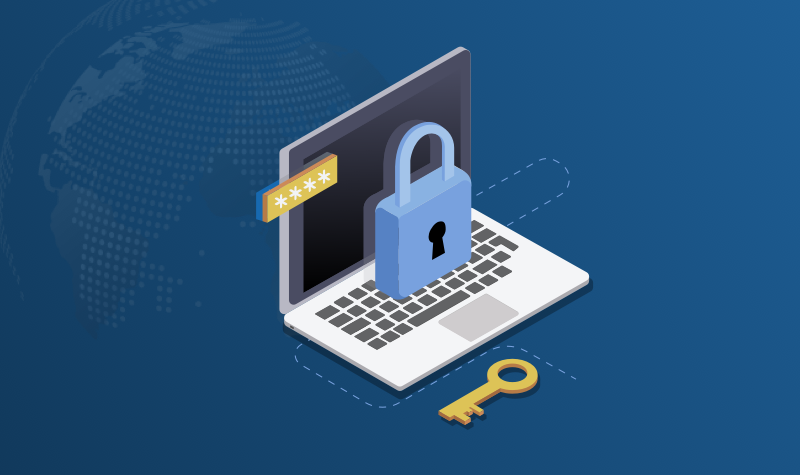Cyber Security
Cyber security can be a difficult task to manage. In a world where breaches have become a regular occurrence, how much security is actually needed within organisations? For many firms, the default setting is to have just enough security to get by – nothing too fancy or expensive or even anything that requires many hands on deck. This means that firms only invest in security when needed. Think ad hoc style, tackling new threats as and when they appear.
However, in 2019 organisations need to rethink this reactive and short-term approach to cyber security in favor of a more proactive risk-based strategy in order to drive long term growth and reduce the risk of threats that have become more and more apparent in recent years. You can read more about the 5 New Internet Security Trends in the Workplace here.
Cloud and cellular platforms, DevOps based utility growth, IT and OT convergence and the Internet of Things are all part of the digital transformation that is redefining the principles of workforces around the world. That being said, as more and more knowledge goes online and organisations become more and more dependent on these methods to drive progress, they run into the dangers of IT disruption and cyber threats. Almost 43% of organisations in 2018 alone reported safety breaches or online assaults.
Responsibility
The daily influence of online threats and digital assaults are very real and in some cases can be very extreme. So, the question is, why aren’t organisational leaders in favor of putting money into safety rather than reactively paying off a ransomware threat?
It appears that this is partly due to an absence of management in various organisations. Along with that, there’s confusion as to who is actually responsible for cyber security. Some believe it’s down to the CIO, others the CEO and some have never had to deal with these threats hands on so don’t see the point in investing in it ahead of time.
However, in these cases reactive safety can result in critical gaps in safety, and fail to assist the long-term strategic progress of an organisation. According to KPMG: “The question shouldn’t be ‘how much of my IT budget are we spending on cyber?’. The question should be ‘how much of my business change or innovation budget are we spending on cyber security?’.”
Cyber security requires a long-term, risk-centric method primarily based on finest practices together with multi-layered safety on the endpoint, community, cloud/on-premises servers and electronic mail/internet gateways. Security consciousness programmes are key to turning any workforce into a powerful first line of defence.
To begin with, some organisations may want to look at basic security services that are available to them online. For example, WoT is a great platform to aid a safer browsing experience.
A global community made up of over 140 million people help WoT know what websites are safe and which ones are not. WoT’s data, ratings and reviews are powered by the people and is available to download on Android too, to make sure you stay safe on the go.
WoT protects you while you browse the web, and instead of thinking is this website safe, you’ll see a warning sign when you visit dangerous sites, scams, malware, phishing, rogue web stores, dangerous links, and more.
These reputation icons are displayed next to search results, social media, email, and other popular sites to help you make informed decisions while online, with red indicating potential danger, yellow alerting you that the site has an ‘average’ rating and green letting you know the site you’re browsing is safe.
These website reputations are calculated by combining advanced algorithms along with millions of user reviews who make up the WoT community. Sounds like a start for your cyber security? You can download it here.
Additionally, incident detection and response is one other essential element, enabling IT to get on the entrance foot to identify and block assaults earlier than they are able to influence an organisation, and use intelligence to proactively enhance cyber defences for the longer term – will no doubt secure any organisation ahead of any threats that may be very damaging to their existence.
With long term goals in mind and while organisations up their online security some may think of outsourcing the heavy load to third party individuals who are skilled in these areas. In order to drive proactive cyber safety, the assistance of a managed service provider who can carry this load may be necessary as we go into 2019.


3 Responses
That’s a very great post. The Article is Awesome to read. I have been reading your articles and they are really very helpful for me. Thanks for sharing with us your Post. Very good information.
That’s a very great post. The Article is Awesome to read. Thanks for sharing with us your Post. Very good information.
Могу помочь с разработкой специального кода безопасности для вашего сервиса опыт имеется